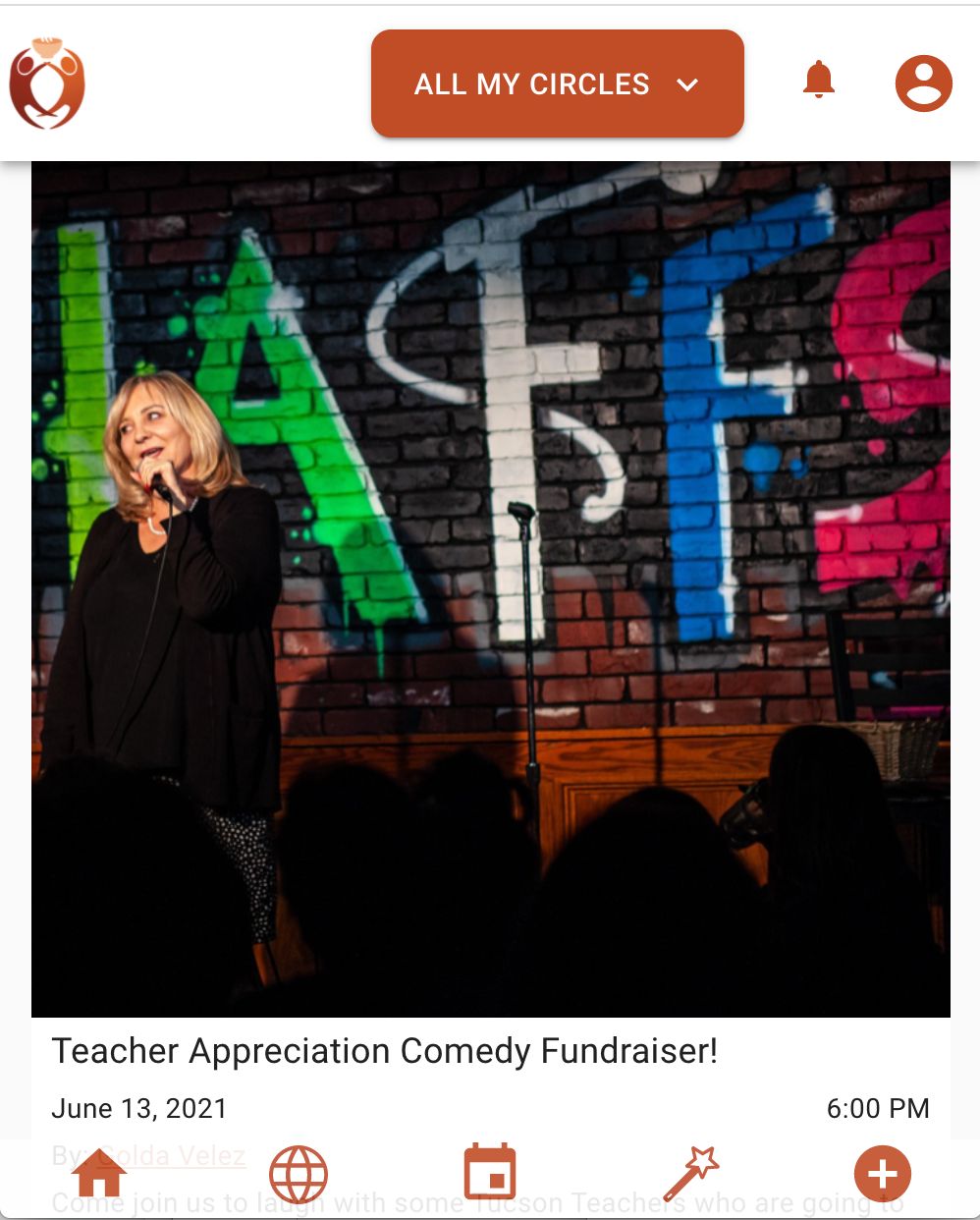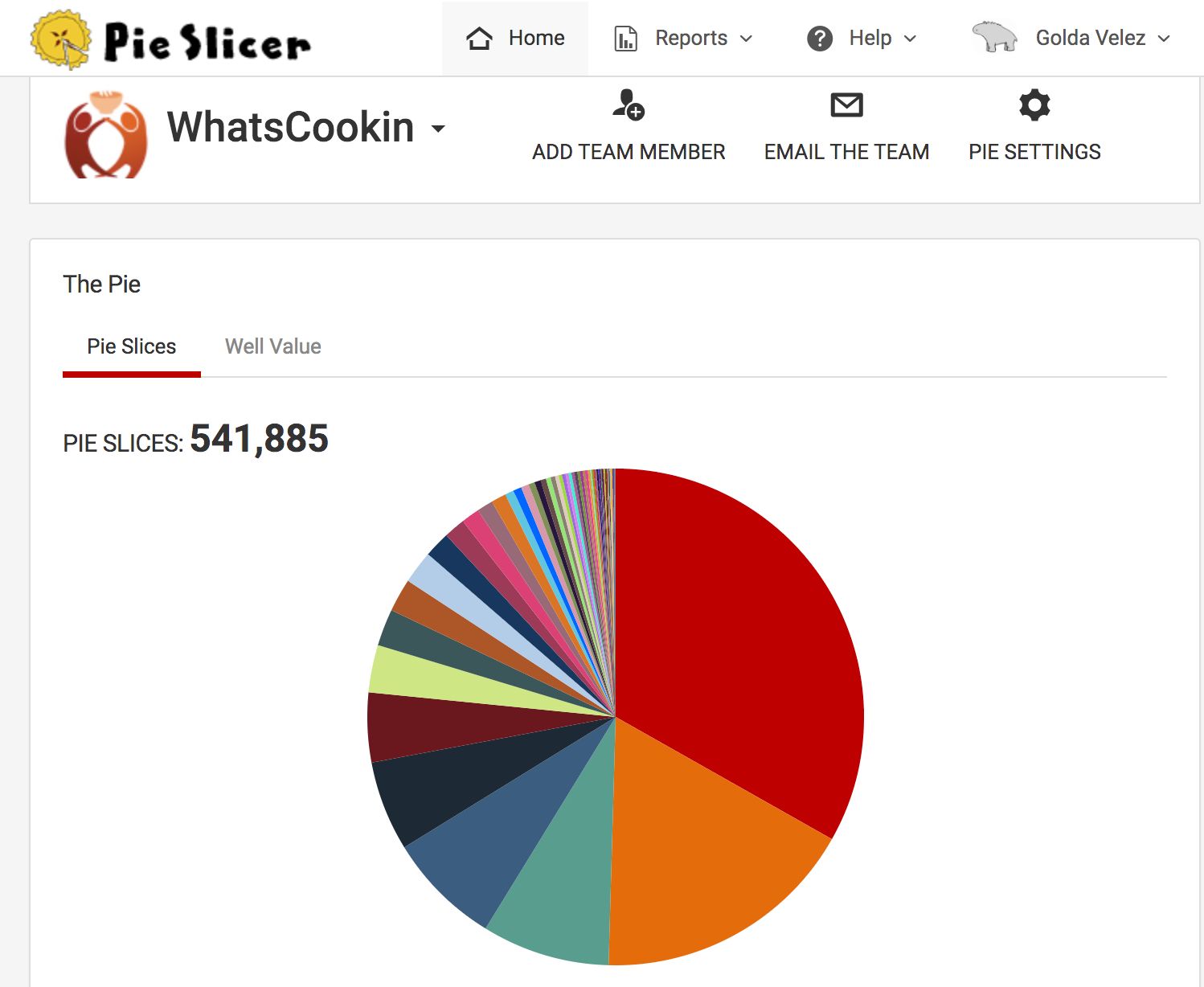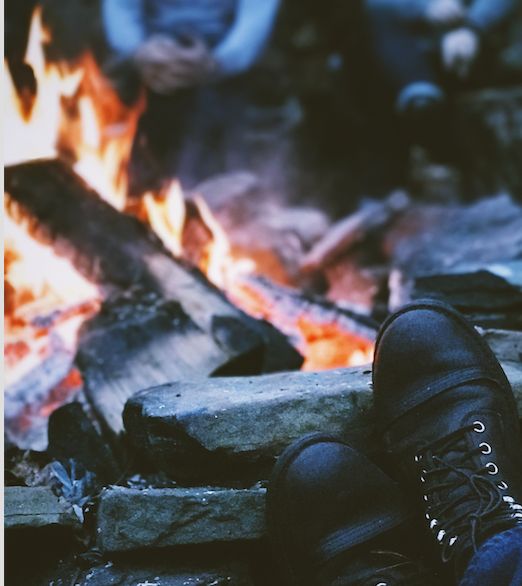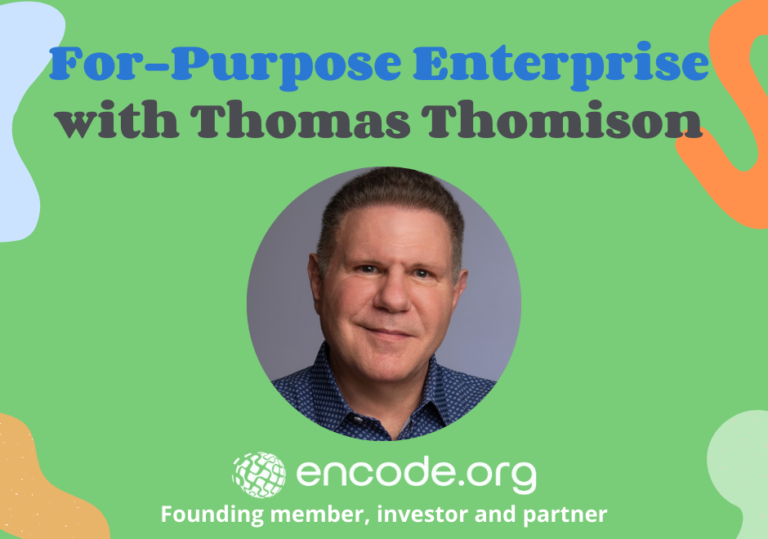Sparking a Startup
Last summer I went camping with my daughter. It rained a little, just enough so getting the fire going each night was a challenge, with several false starts that didn’t quite catch. We always got it going in the end, though, with enough dry branches and persistence.
Last fall, I worked with my partners on building our startup out of an idea, some skills and the offer to share equity. Here and there we had a little money, which like kindling, burns fast and easily but leaves nothing but ashes when it is gone, if it has failed to catch the larger wood. A fire burns itself out unless enough substantial branches are placed together, not touching but close enough to keep each other caught.
I’ve worked at many startups where the money came first, some self-funded by a single individual. The problem with these, is that the team members are too willing to do dumb things as long as they are paid for them, and even ignore looming problems if the managers appear not to be worried. But with a team that has little or no money, the members take a much more critical eye. One can only build such a team by genuinely sharing ownership, and by convincing one another that our idea is worth working on.
If money is like gasoline, that burns and goes out immediately when the supply is cut off, then human potential is more like the trees of a forest. It may be slow to start burning but if you can unlock it – perhaps with the gasoline – and find ways that one feeds off another, the fire can become so hot that the potential of the entire forest is unleashed.
Our startup, What’s Cookin’, is about unlocking the power of human cooperation.
Nuts and Bolts
What does that mean? We start with something simple, concrete and universal – sharing of meals. Everyone eats, and many people cook. However most people do not wish to be like a restaurant, and take orders on demand. Our first goal was to create an interface that allows people to offer what they want to share, others to request it, and easily coordinate the when and where. Then once a plan is made, let others pile on – to show in the community “John is cooking Chili on Sunday, come get some”
When we workshopped this with my own neighbors, they loved the idea ; but they also wanted to share more than just food. We found that about one-thirds of what they wanted to share was meals, and two-thirds was activities: books, walks, art, or gardening. And we also found that when people started to order meals from our neighbor who cooks delicious food, a good amount of back and forth was called for.
Not only because she was not a restaurant with established menus, but because she wanted to know which family members were eating, and did you want more eggplant or more meat, and also did you want to try a little bit of Tirshana on the side to see if you like it…?
This could not be captured in buttons and forms; what really matters is the freedom to have the human conversation. So our current iteration of the app has three main features: a free text group chat associated with each offer, a shared calendar that allows anyone in a circle to ‘join’ an event and get a calendar reminder, and a way to explore for circles and creators.
The notification flow is key, and we have a principle to only notify users about real human messages that can be responded to. We also are working with the concept of ‘wishes’ where members can express a wish without obligation, and another member can choose to fill it.
How Change Happens
To get this to catch on, we need critical mass – not everywhere, but in dense clusters. Damon Centola writes about this in Change: How to make Big Things Happen. When trying to get people to adopt a new social norm, the key is to start with densely connected networks.
His research found that a small group of new adopters with shared mutual connections was by far the most effective way to cause lasting adoption by the larger group. Once a small group is thoroughly engulfed, the adoption can leap through social bridges to other similar groups.
Our first flames seem to have jumped: A meal-sharing event turned into an outdoor community potluck titled “Pandemic Potluck: The End Is Near”. Another small event, a political comedy workshop with six participants, led to a conversation about a comedy fundraiser for teachers, which is now planned for next month with ninety participants, a real venue, and paid tickets.

Systems for Sharing
Can this sparking be systematized? Can we enable people with ideas to make them happen in their communities, while demonstrating a sustainable and scalable revenue model?
We are betting on it, with our time and sustained effort. We are betting that people want to communicate and cooperate and that we can tune the tools to make it happen smoothly outside of a corporate context.
We’re betting that people want to be co-owners and have a real say in how the organization serving them is run.
We are betting that modern tech from UI design to smart AI powered chatbots to tokenized equity and governance can be harnessed to build structures that are neither anonymized marketplaces nor centrally controlled top-down corporations, but that encapsulate in code the human values of trust and cooperation.
Which to become real, requires a great deal of work and attention to detail. Our team itself has proven something, that a healthy dynamic can be created based on shared, work-weighted equity and transparency.
We share *all* the equity – myself and my original cofounder started with a 50-50 stake, but by using the slicingpie.com calculator and now a tokenized solution at fairmint.co, we are able to fluidly adjust as new people come and work in the team, and as investors start to buy in. Our team members not only have a sense of ownership, but an ethereum contract over future liquidity that continues to increase with work performed.

Sustaining a Team
Equity is not a sufficient driving factor, of course. Some are in the team for experience, some for the mission, or a combination of the two. We’ve mentored several junior developers from around the world who have gone on to get coveted coding jobs, with strong recommendations from senior folks on our team; and a few have returned to work with us again. The bit of money we do have is significant to some members in challenging countries; in addition to their equity share, the cash (or BTC or ETH) we can provide makes their situation more sustainable. And as we dogfood the app ourselves, we create micro-events for leetcode pairing and mock interviews, things that are of genuine use to our teammates.
We haven’t bothered yet with tokenized decision making, and I’m not sure if we will often turn to that, but we have a vote of confidence built into our bylaws and a commitment to full transparency. We’ll have to decide as we grow, how to deal with more formal methods of decision making beyond quick consensus in a standup. Next week I will write more about how our equity tokens work, and what lightweight shared governance models we are looking at – ones that we hope will help in the flow of our main work, of creating a sharing platform that is a delight to use.
Curious? Join a circle, and see for yourself.



